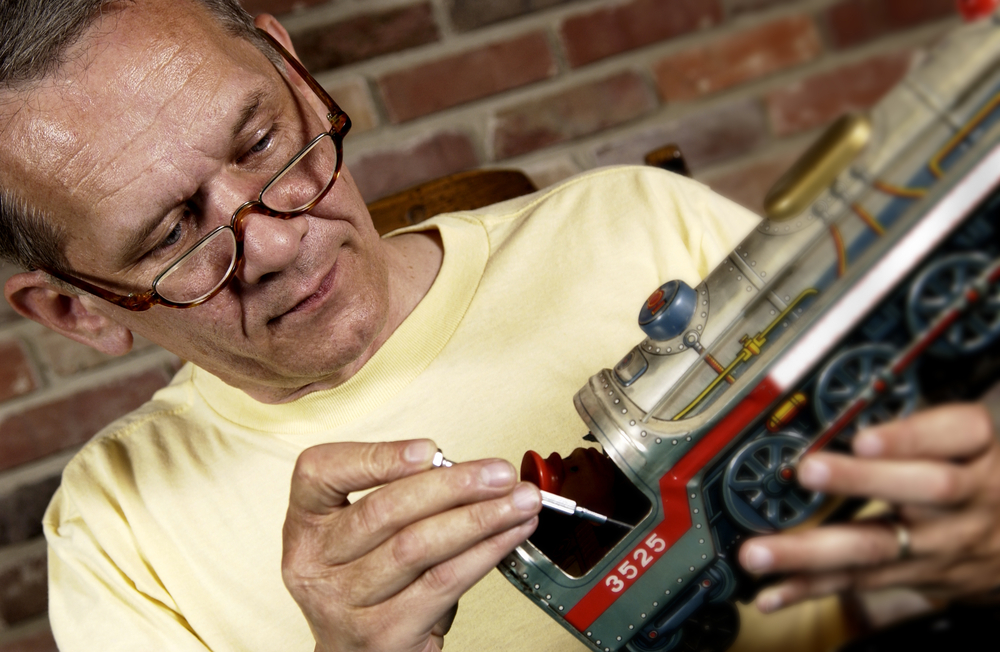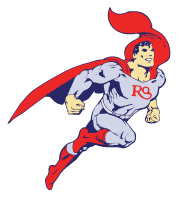The time and care model train hobbyists put into their projects is admirable. However, there is always the risk of unexpected issues, making it impossible to use treasured automobiles as intended.
Finding a professional to fix your damaged locomotive or power supply is a good idea, especially if your model trains are no longer produced. However, there are specific issues that you can quickly address to have the model train operating normally again.
1. Ensure That the Train Is on Track
The wheels are the transmission mechanism for the power generated by your engine. By gently moving it back and forth, you can check whether all of the locomotives’ wheels are appropriately positioned on the track. To fix a loose rail link or electrical connection, try transferring the engine to another section of the trail.
2. Examine Each Electrical Supply
The interface between the wires and the track should be the first thing you focus on, followed by the interconnections between the cables and the power source. First, check to see that nothing is dangling and the wires are not touching.
Make sure cables are attached to the track, not attachments. Then examine the wires and plug the outlet.
3. Keeping The Wheels And The Track Clean
This isn’t necessary if this isn’t your first time putting things up. The typical effect of a dirty track and wheels is a sluggish, click-running pattern rather than a total lack of power.
Suppose you keep the trains stored away for an extended period, particularly in a wet location. In that case, you risk having corrosion or filth buildup that is severe enough to make operating the trains impossible.
In most cases, specialized abrasive polishing blocks and liquid cleaners sold in hobby shops can get rid of stubborn dirt and rust. It is also possible to use rubbing alcohol and a powerful eraser.
4. Examine The Power Source
Verifying the reliability of the power source is crucial. Using an ammeter to measure the current flow of electricity is the most reliable method. However, you can develop simple testing equipment with a low-voltage light bulb and two pieces of wire without an ammeter.
If there is no current from the supply outputs, try isolating the track connections and testing again. If the light comes on, there’s a short either in the track or the wiring. If that isn’t the case, the power supply might be an issue.
5. Verify The Train’s Status
If everything is working correctly at the outlet, you should follow the wires back to the rail and check again. If the ammeter doesn’t work, try switching to a different track, adding a second train, or even just a passenger car or caboose with lights on it.
An issue with the track or the wires is likely the cause of poor lighting or the inability of a second train to function.
6. Verify The Wires And The Track
Suppose you found a track short circuit. Any time a rail or wire contacts its opposite, a track short course is created. Ensure that the power cables aren’t tangled. Color-coding your lines is an excellent idea.
Double-check that no short has been made in a reversed loop before continuing to use the 2-rail track. A short circuit is created when the two rails of a switch or crossing come into contact without an insulating gap.
Still Got Issues You Can’t Fix?
There are sometimes problems with trains derailing and not moving quickly enough. The routine entails a degree of upkeep and the occasional solving of technical issues. Contact Charles Ro to care for your trains and track in the worst situation.


